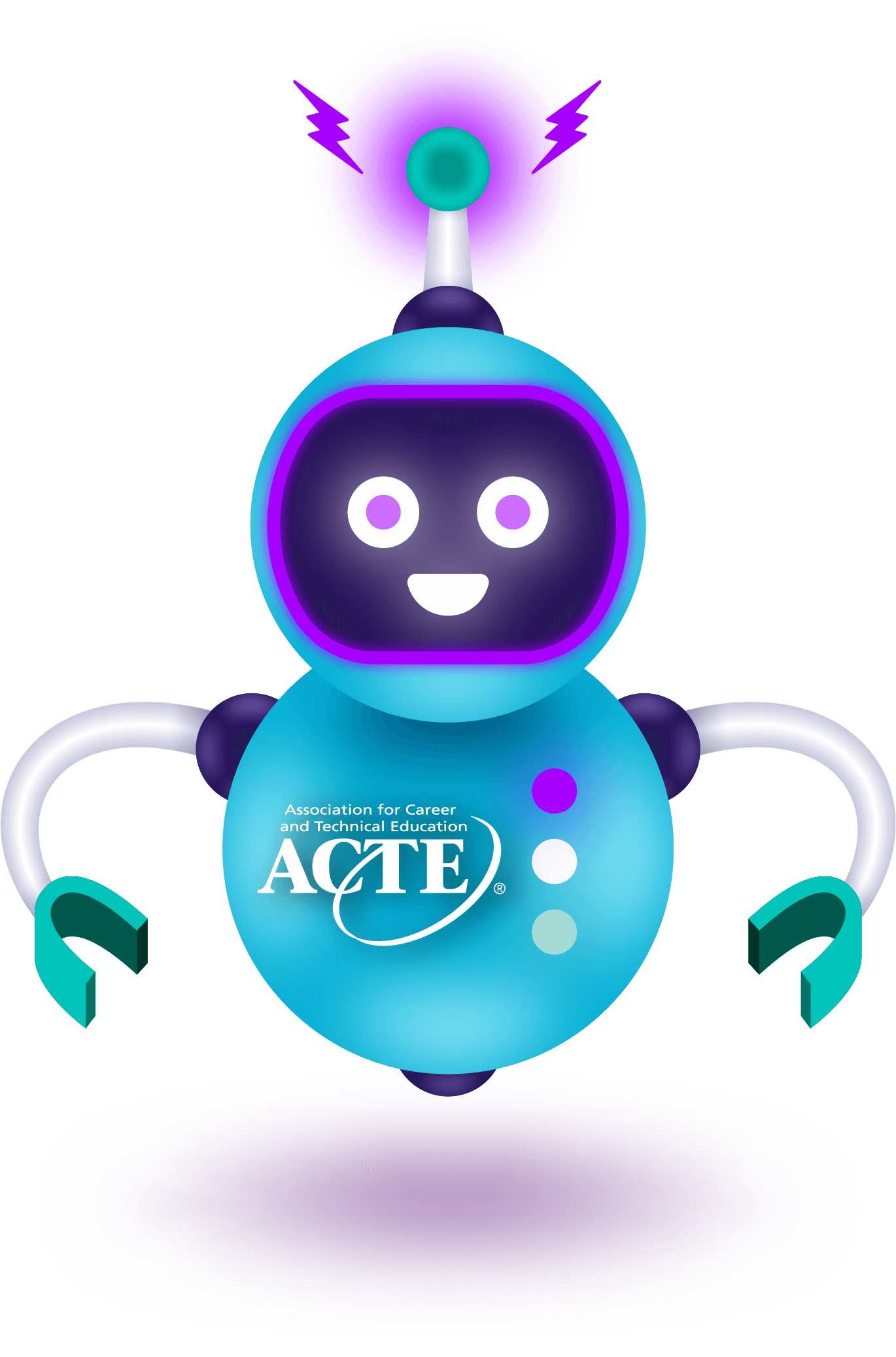The U.S. Bureau of Labor Statistics (BLS) recently released new employment projections for 2023-33 for 832 different occupations across a variety of industries. The projections show that CTE occupations are among both the fastest-growing jobs and the jobs with the most expected openings.
Fastest-growing jobs (Growth rate projected, 2023-33):
- Wind turbine service technicians: 60%
- Solar photovoltaic installers: 48%
- Physical therapist assistants: 25%
- Occupational therapy assistants: 22%
Most new jobs (Number of new jobs projected, 2023-33):
- Medical assistants: 118,000
- Construction workers: 115,400
- Heavy and tractor-trailer truck drivers: 102,000
- Electricians: 84,300
In a new addition to the employment projections, the BLS is now reporting on the most relevant skills for occupations, including cross-cutting and employability skills:
|
Adaptability |
Computer and information technology |
Creativity and innovation |
Critical and analytical thinking |
Customer service |
|
Detail oriented |
Fine motor |
Interpersonal |
Leadership |
Mathematics |
|
Mechanical |
Physical strength and stamina |
Problem solving and decision making |
Project management |
Science |
|
Speaking and listening |
Writing and reading |
|
|
|
The addition of these skills in the employment projections will allow jobseekers, employers, career counselors, students and others to identify occupations that match skill sets, better preparing for job applications or adjust new employee training.
A few examples of occupations that score highly on these skills include the following:
- Adaptability: Career counselors, film and video editors, meeting planners and CTE teachers
- Detail oriented: Air traffic controllers, phlebotomists, public safety telecommunicators and aerospace engineering technicians
- Project management: Construction managers; transportation, storage and distribution managers; farmers and ranchers; and early childhood educators
For more information on occupations, including details on educational requirements, pay, projected growth rates and more that you can share with your colleagues, students and families, please refer to the Occupational Outlook Handbook.







